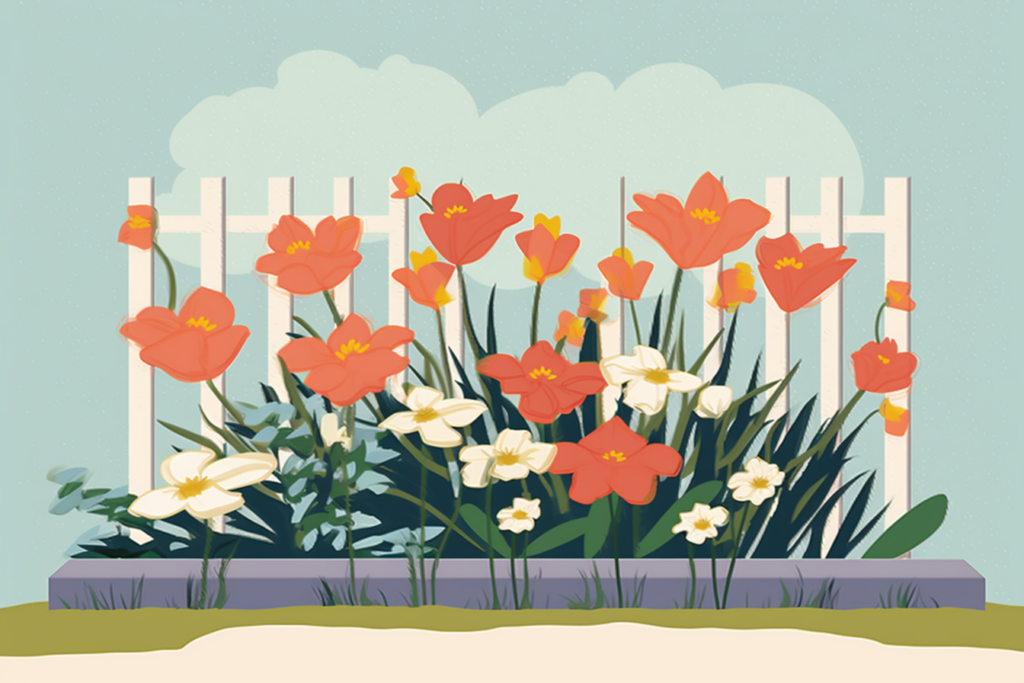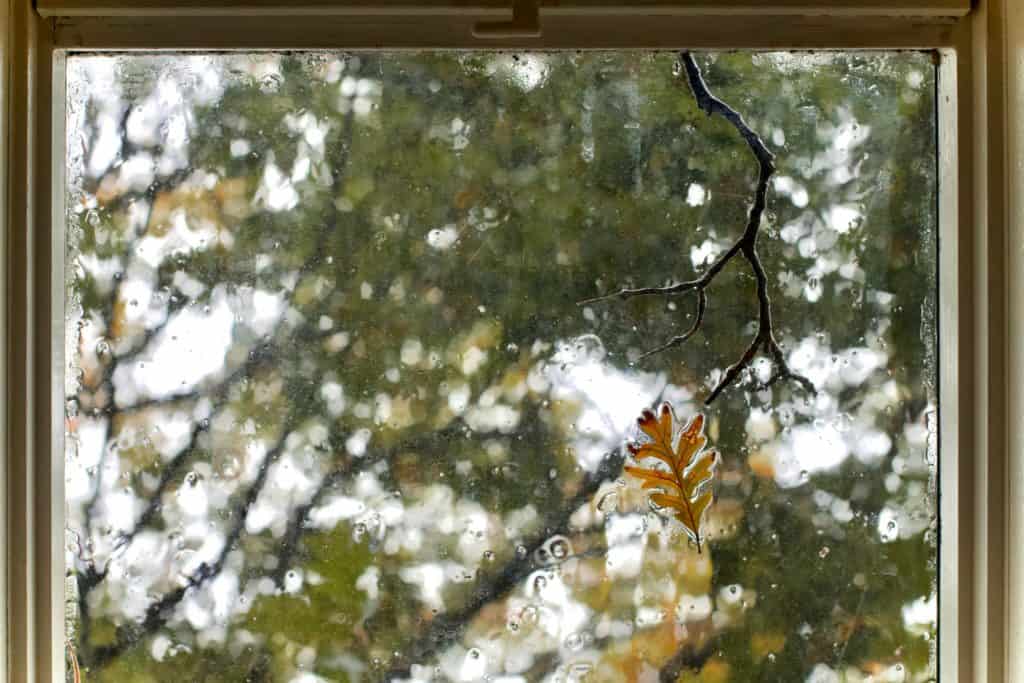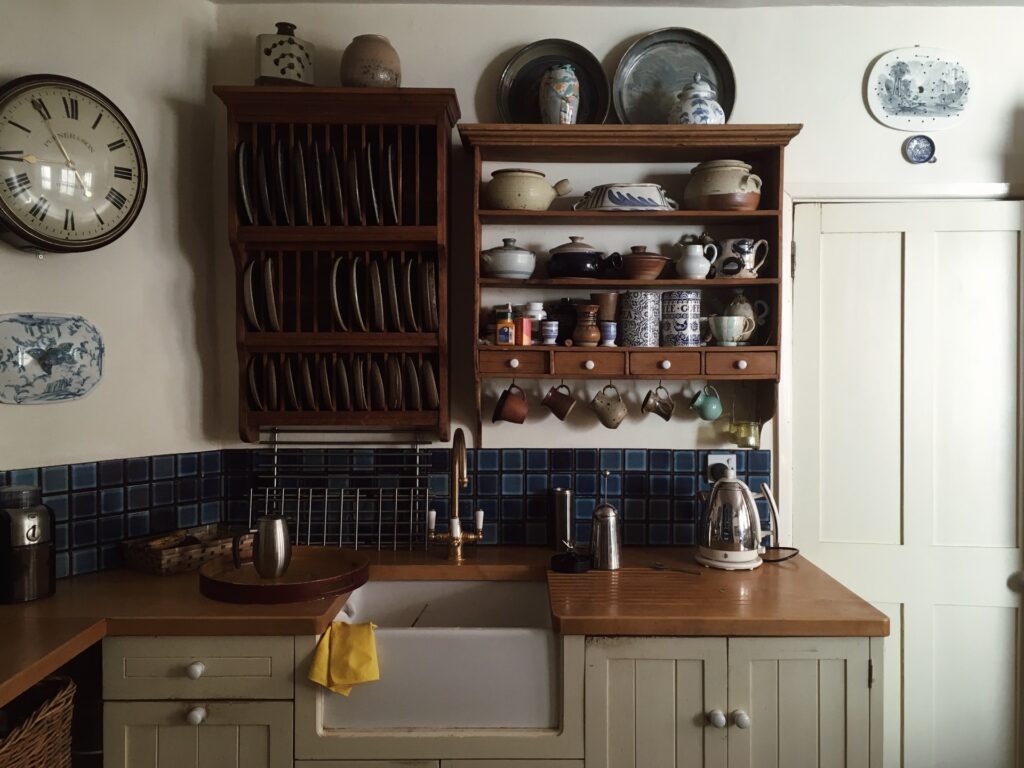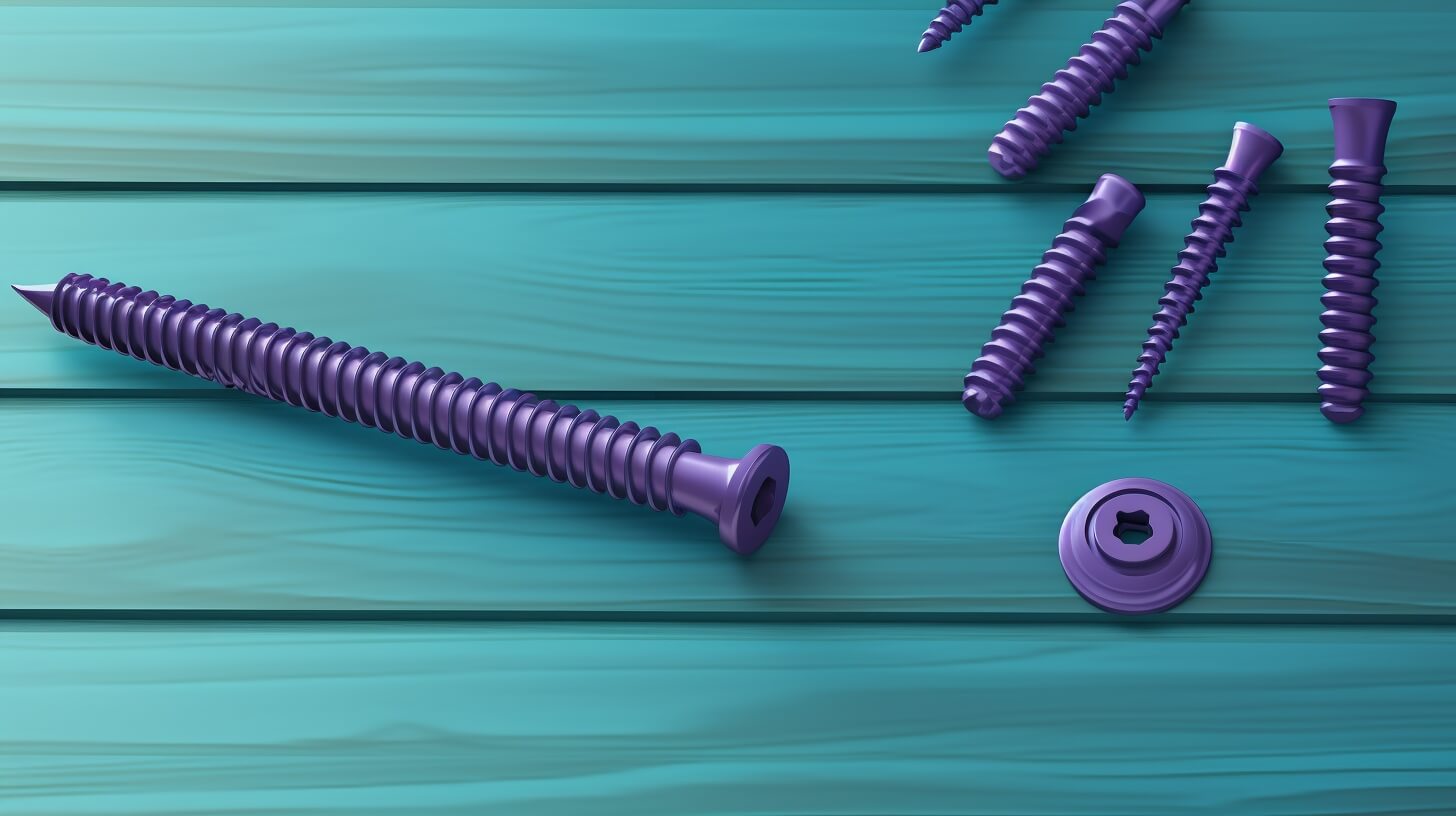
We are reader-supported. When you buy through links on our site, we may earn an affiliate commission.
The amount of different types of screws is expansive for DIY renovators and construction professionals alike. They require intimate knowledge of how their design impacts material compatibility and project longevity. Discover the best types of screws for every application while discovering best practices to make you an immediate expert.
Understanding Screws
A screw is one of many types of fasteners used in construction and woodworking. These differ from nails, bolts and rivets, which are other types of joining tools. Screws comprise four distinct parts, which vary between types. They include:
- Head and drive: These components helps you grip and connect the screw with a tool. The screw head types vary in shape, size and appearance. Countersunk has a tapered head style, helping it to go deep into wood, while non-countersunk protrudes out of the surface it’s installed in.
- Shank: The shank joins the head with the rest of the screw, covered completely or partially with threads.
- Threads: Threads adheres screws with building components, coming in coarse varieties for soft materials and fine for harder ones.
- Tip or point: The tip or point drives the screw into a surface if sharp and pointed. Some require pre-drilled holes because the tip is duller.
When selecting the right fastener for the job, you must consider the screw’s material, length, thread and head type. Some have multiple choices within a category. For example, set screw types range based on their point types, including flat, oval, half-dog, soft-tipped and plain cup, among others. There are so many varieties because every substance has unique needs.
Imagine using the same length of screw for dense bricks as you would thin drywall — the strength, durability and dimensions of it matter greatly. Even the diameter can impact structural integrity. Consider how a project may or may not need the fastener to have a head. This is what distinguishes various set screw types and names. Grub and set screws are often used interchangeably, but the former does not have a conventional head.
Decision-making will be the dealbreaker between a sturdy project and one that requires tons of maintenance and upkeep.

Choosing the Right Screw for Your Project
Knowing the types of screws that best suit an assignment is crucial for making a long-standing structure or product.
Decision-Making Influences
These are the main factors to cross-reference before purchasing and drilling:
- Material
- Indoor or outdoor
- Load-bearing potential
- Length requirements
- Need for pilot holes
- Aesthetics
Get Your Tools
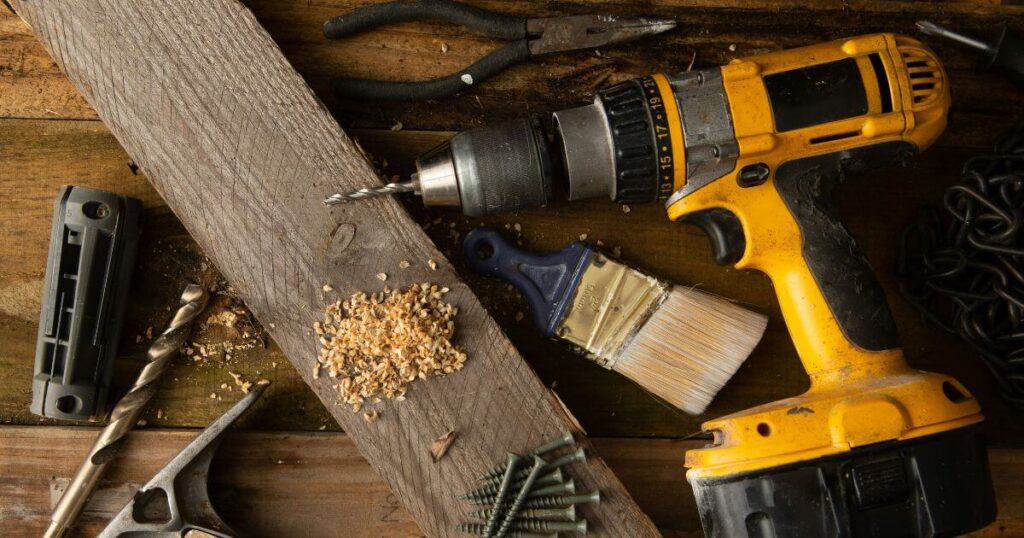
Once you decide what fits these requirements, you must have the right tools to secure it. You need a variety of drill bits and screwdrivers for the various drive shapes.
Prepare the Surface
Take your time while preparing the surface by cleaning it and considering what supports it might need to house the screw correctly. Pre-drill as necessary to prevent damaging the screw. You may need to quickly drill a countersink in the material so the head sits flush.
Avoid Screw-Stripping
The most common mistake people make during installation is stripping the screw by using the wrong tool to grip it. It will render it unusable. Fixing it will require destructive means to dig it out if it is already drilled, potentially splitting materials in the process. Or, you can try using locking pliers, rubber bands or screw extractors to fish it out.
Types of Screws
Here is a comprehensive list of screw types and uses so you can go into any project with confidence.
| Screw Type | Characteristics | Use Cases |
| Drywall | Countersunk, completely threaded, unique head requiring specific drill bit, sharp tip | Installing drywall and adhering to joints and studs |
| Wood | Coarse- or fine-threaded depending on the wood qualities, tapered head | Indoor and outdoor construction, molding, furniture and woodworking |
| Set | Has no head, requires an Allen wrench to tighten into place, varied tip and thread styles | Connecting two objects |
| Machine | Threaded, needs pre-drilled, tapped holes and nut to secure it, resistant to rust | Electronics and machinery assembly |
| Sheet metal | Threaded all the way up the shaft, self-drilling, coarse, varies in shank size | Attaching sheet metal to other surfaces like aluminum, wood or plastic, structural projects |
| Grub | Lays flat, secured with an Allen wrench | Securing two objects |
| Self-tapping | Made from stainless steel or brass, removes the need for tapping, sharp threads and point, star-drive heads | Sheet metal, furniture, automotive, woodworking |
| Deck | Countersunk bugle head, self-tapping and corrosion-resistant for outdoor use | Connecting decking to frames or assembling fences and railings |
| Lag or carriage | Hex head, wide diameter, protective coating, lengthy, tamper-proof, requires ratchet | Connecting thick materials like wood, typically outdoors |
| Fiberboard | Similar to drywall screws with more diameter options, full-dental screw slot | Furniture manufacturing, predominantly with MDF |
| Euro | Flat head, short shank, semi-threaded | Drawers and hinges in Europe |
| Masonry or concrete | Durable, heavy, dull-tipped, rounded hex head, widespread threads | Drilling into concrete and masonry |
| Mirror | Prevents the need for brackets, contains rubber grommets to protect the glass, countersunk, partially threaded | Mirror mounting |
Frequently Asked Questions
If you still have some queries, here are answers to the most common confusions.
1. What Is the Difference Between Drywall Screws and Wood Screws?
While they are similar, drywall screws have varied thread compositions, including coarse, hi-lo and fine, depending on the gauge of the studs. They are meant for indoor applications. Wood screws can come in coarse or fine threads to secure wood together and function well outside.
2. Can I Use Self-Drilling Screws in Wood Applications?
Yes. These are some of the most versatile screws, especially if you want to complete a project fast. They are safe to use with wood and most other materials. Projects like wide hanging shelves or heavy cabinetry may need brackets or other anchors for additional support.
3. How Do I Determine the Right Screw Length for My Project?
Most of the time, your screw should go at least halfway into the material you want to drill into. It is deep enough to anchor in place without causing a breakthrough on the other side.
4. Are There Specific Screws for Outdoor Use?
Several wood screw types are optimized for outdoor applications, and you can tell based on their finish. Deck screws are also meant for outside use since it needs to withstand the elements.
Carriage screws also have protective coatings to safeguard them from outdoor influences. Additionally, masonry screws are frequently used to secure objects like gutters to household facades, requiring strength and durability outdoors.
5. What Tools Are Best for Driving Screws Into Different Materials?
Needs vary based on the torque and speed required for the material. The two main categories are impact and drill drivers. The former is great for longer shafts and harder materials, while the latter is ideal for smaller, more intricate projects needing greater care. There are also:
- Hammer drills
- Right-angle drills
- Electric screwdrivers
6. How Can I Prevent Screws From Stripping During Installation?
Be patient and slow when installing or unscrewing. Before rotating, see if the tool fits snugly and exactly in the drive. If you’re second-guessing, try something else to gauge how it feels. If using a powered drill, start on a low setting.
There are also influences outside of your control that could cause a screw to strip, including low-grade alloys, which reduce the screw’s strength.
7. What Types of Screws Should I Use?
Types of Screws for Every Purpose
There are tons of screw types for a reason. Builders and assemblers have all these options because every job should be tackled carefully and attentively. Every installation is an opportunity to learn, so take time to educate yourself on how diverse screws are and envision your success in future projects.

